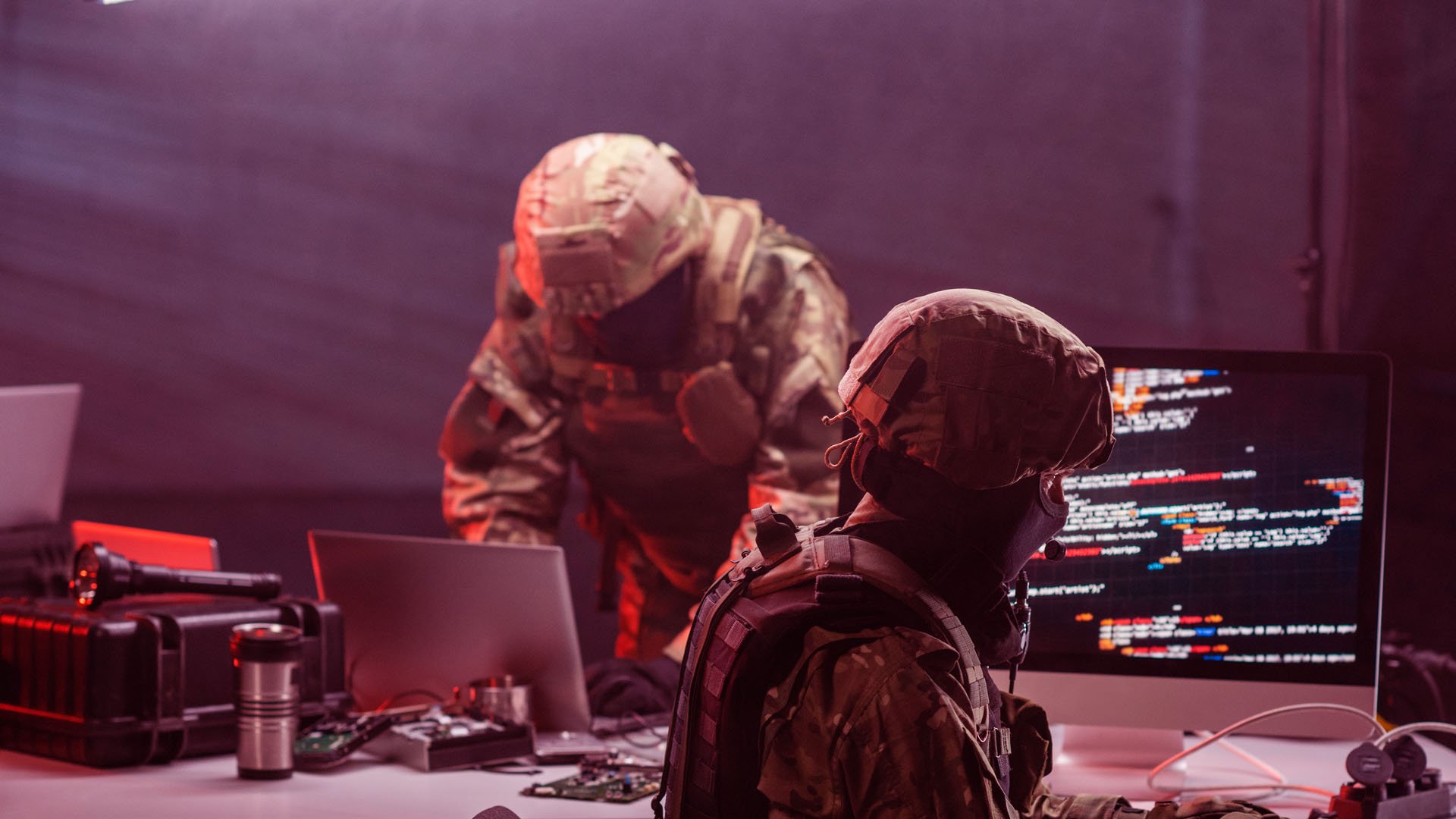The North Atlantic Treaty Organization's (NATO) approach to cybersecurity is evolving rapidly in response to an increasingly volatile digital landscape. The alliance is no longer treating cyberspace as a peripheral concern but as a core element of collective defense. At the 2024 Washington Summit, NATO made a bold statement: cyberattacks can now trigger Article 5, its mutual defense clause. This shift is more than symbolic.
It reflects NATO's strategic ambition to not only defend its members from conventional threats but also prepare for a new era of hybrid warfare. The alliance's new cybersecurity proposals aren't just policy updates; they may redefine digital deterrence and establish a precedent for collective cyber resilience. So, what exactly is NATO proposing, and why does it matter?
From guidelines to action: NATO's renewed cyber agenda
NATO's recent proposals mark a transition from loosely defined cyber guidelines to a structured, actionable framework. At the Washington Summit, the alliance unveiled a new Cyber Defence Pledge 2.0—an upgrade from the 2016 version—that emphasizes resilience, information sharing, and active defense. Member states are now urged to spend more on cyber capabilities and to integrate cyber resilience into their national defense planning.
Hence, NATO has created the Cyber Operations Centre (CyOC) within its command structure and introduced a new joint framework for cyber operations, where offensive cyber capabilities from member states can be coordinated under NATO command.
The framework doesn't impose direct operational control over national cyber tools but fosters a model of voluntary contribution. This harmonized structure ensures that during conflict, NATO can coordinate member states' cyber capabilities for maximum impact without breaching sovereignty. That careful balance is what makes the proposal viable.
[RELATED: Cyber Powers: Ranking the Top 30 Nations by Capabilities, Intent]
Why collective cyber defense matters now
The urgency behind NATO's push for stronger cybersecurity measures is grounded in recent geopolitical events. Russia's war in Ukraine and the flood of cyberattacks that accompanied it served as a wake-up call. Ukraine's networks were bombarded with wiper malware, phishing campaigns, and coordinated digital assaults before tanks ever crossed the border. Not to mention, their industry had to withstand countless supply chain attacks. These hybrid assaults foreshadow the kind of digital-first conflicts NATO members may face.
According to Microsoft's 2024 Digital Defense Report, 70% of nation-state cyberattacks over the past year were linked to Russian operations. China, Iran, and North Korea follow closely, with increasing sophistication and aggression. NATO's proposals recognize that cyberwarfare is now part of the opening salvo of any modern conflict. This is why its new strategy leans heavily on prevention and deterrence.
Furthermore, Article 5's application to cyberattacks means NATO can now respond collectively to digital threats that cross a certain threshold of impact. This isn't about responding to every phishing scam; it's about strategic-level attacks that can disrupt economies, paralyze infrastructure, or compromise national defense.
Public-private cyber synergy: A critical missing link
While NATO's proposals focus primarily on member states, they also signal a shift toward deeper public-private collaboration. In cybersecurity, 80% of critical infrastructure is owned by the private sector. A state-level defense plan that excludes these players is doomed to fail.
NATO's 2024 framework explicitly encourages closer coordination between military cyber units and major tech providers, especially since cyberattacks are now officially a form of military attack. The alliance plans to create a NATO Cyber Industry Partnership (NCIP), which will include information sharing protocols, early warning systems, and joint incident response exercises.
The challenge remains creating trust between the public and private sectors. Companies worry about overexposure, liability, and geopolitical backlash. NATO's answer is to create anonymized, federated data-sharing mechanisms that allow real-time threat intelligence without compromising commercial confidentiality.
Building a culture of cyber hygiene across the alliance
Beyond the high-level defense strategies, NATO's proposals aim to build a stronger culture of cyber hygiene across its member states. This includes basic but often overlooked areas: patch management, MFA deployment, security training, and supply chain integrity.
The new proposals include regular alliance-wide cyber exercises like Locked Shields and Cyber Coalition, focused on improving response times, detection capabilities, and coordination protocols. These exercises will now include simulation of real-world adversaries and integrate civilian infrastructure to mimic the complex nature of modern threats.
NATO is also encouraging member states to adopt common standards for cybersecurity certifications and resilience auditing. This creates a unified baseline for defense, enabling faster and more coherent collective responses.
Critically, the alliance wants to extend these practices beyond government agencies to include small and medium enterprises (SMEs), which often form the weakest links in the cyber ecosystem. Grants, training, and shared services are part of this broader push.
Cybersecurity and emerging tech: NATO looks ahead
Another notable angle in NATO's evolving cyber doctrine is its attention to emerging technologies, especially AI, as well as others, such as quantum computing and autonomous systems. The alliance is laying the groundwork for future-proofing cyber defense through innovation. At the Washington Summit, officials highlighted that these technologies will reshape threat models, attack vectors, and defense logistics in profound ways.
The NATO Innovation Fund and the Defence Innovation Accelerator for the North Atlantic (DIANA) are actively investing in startups and R&D hubs focusing on secure AI, post-quantum cryptography, and next-gen encryption models. These efforts signal that NATO aims to stay ahead of the technological curve rather than react to disruption after it arrives.
Cybersecurity proposals now explicitly mention ethical tech design and digital sovereignty—two ideas crucial to long-term security. The ability to secure supply chains, maintain software integrity, and minimize dependencies on adversarial technologies is central to NATO's broader cyber posture. This shift reflects not just a response to today's threats but a preemptive strategy for tomorrow’s digital battlefield.
NATO's cybersecurity proposals aren't just theoretical frameworks or bureaucratic reshuffling. They are a signal that the alliance understands the future of warfare is already here—and that digital resilience is the new deterrent. By integrating cyber defense into the core of its strategic posture, coordinating offensive capabilities under a shared command structure, and fostering public-private synergy, NATO is setting the groundwork for a new kind of collective security.
Whether these proposals succeed depends on implementation, trust, and political will. But one thing is clear: the alliance is no longer playing catch-up in cyberspace. It's setting the pace.





